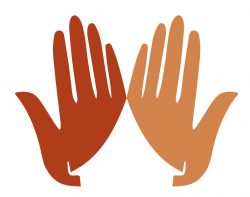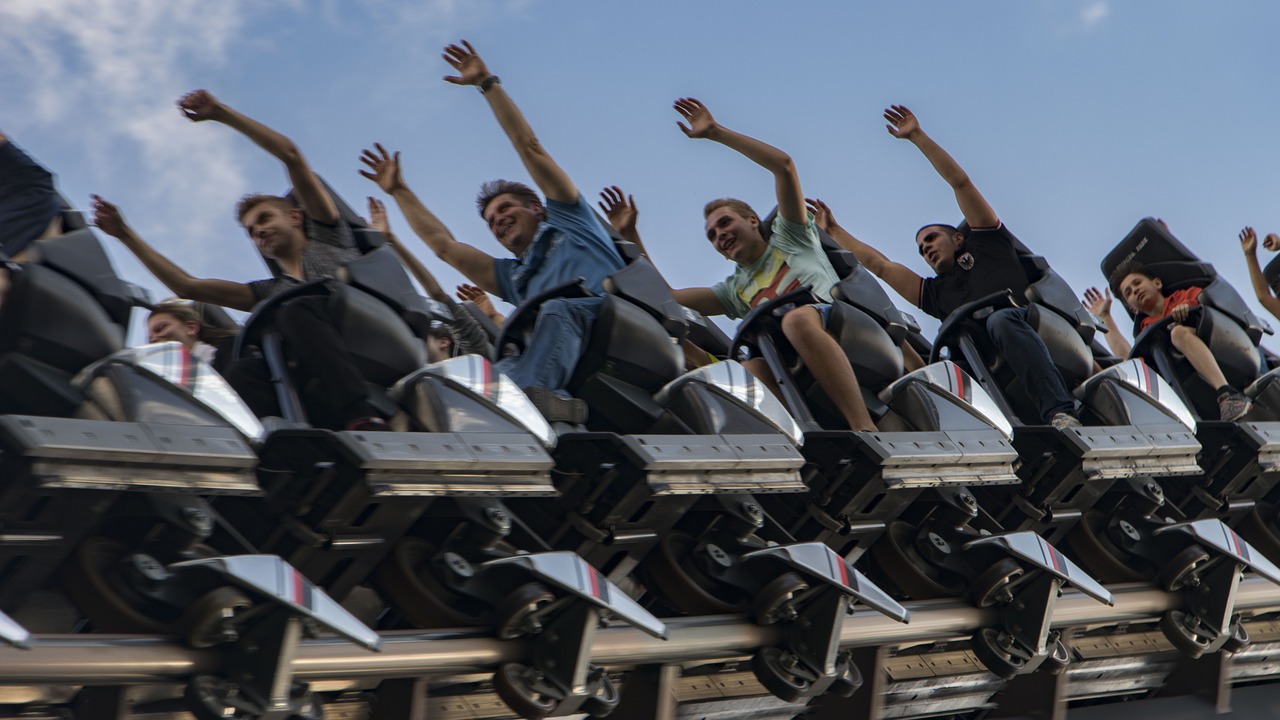Self Judgement.
It is really easy to drop into the trap of self judgement. In this day and age, we are almost encouraged to believe we are not good enough and to apply heavy internal critique to everything we do.
It’s a very unproductive place and holds us back a great deal. Inside, all of us know that in order to do something well, we must approach it with an attitude of self confidence and self belief. If we have that self confidence, we are halfway there.
Just think about the last time you picked up something heavy. If you approach the object with the view ‘you are coming OFF the floor’ then we stand a good chance of lifting it. If we, however, doubt our ability, then that thing is definitely not going to be lifted!
It’s the same with anything we are putting our minds to. Self belief is so key here.
We blame ourselves when we encounter difficulties. For not avoiding them. But in truth, the challenges of life can’t be perpetually avoided. One way to look at this is to see the way people handle a ride on a roller coaster. You get two types of people on a roller coaster. Those that scream and bury their heads in the hands and hide. Then there are those that have their heads up, shouting and cheering with a smile on their faces. Terrified but loving it.
There is something about acceptance buried in here. Both groups of people are equally affected by the ride. It is the same ride after-all. But they are reacting differently and sitting underneath is that feeling of acceptance for what is happening and a trust that everything will work out just fine. This starts to go in deep. Those people cheering and waving no just as much about the possibility of mechanical failure of the rollercoaster as the other group, but they still cheer. We could argue that they don’t care about life and therefore have nothing to lose. But that isn’t true either. They love life, which is why they are cheering so much. Within the group of people with their heads tucked down, I wouldn’t mind betting that a large proportion of them have other challenges in life and a larger proportion of those folks aren’t loving life so much. Because they are potentially struggling.
Our world view comes from our mind, not from the world. So if our world view is full of fear and mis-trust, then our world will be full of dangers and things to fear.
Before we take this further, we need to first connect with the moment. To really look into the present moment and see that there is nothing to fear. Letting go of thought, we discover that there is just stillness, calm and a feeling of contentment. This is where the body scan comes in.
So, our mind dictates our world view and if we can change the way our mind is reacting to that world. Our world changes. Let’s look at what goes on in the mind when we experience the world.
We are on that rollercoaster of life and something happens. A challenge comes up. The first thing that happens is feelings/emotion. We may think it’s thought that arises first, but it isn’t. Neuroscience has shown this and the Buddha realised it 2,500 years ago. Immediately the feeling emerges. Then, after this, the thoughts come up that provide some for of justification and ‘support’ for the feeling.
It is at this point where we start talking an interest, from the perspective of meditation. Because, with practice, we can start to notice these thoughts as they emerge, and challenge them to see if they are wholesome to us or not. This is key. This ability to notice thoughts as they arise. To see their nature. Because, this is where the modification to our experience begins. Our thoughts arise and our mind listens to them. This prompts further emotion and further thought. It may sound simple and obvious but it is INCREDIBLY important because this is where the altering of our perception of the world kicks in.
Often, the thoughts that arise in unpleasant situations are thoughts of self critique. We aren’t good enough, our actions have caused the situation etc. True or not, they arise and they bring us down. We dwell on them and our self-confidence gets thoroughly knocked. This happens in an instance and affects our next direct action. Immediately. Not next time a similar situation comes us but now, in this situation. Life is made up of a series of thousands of micro moments. Not big episodes but continuous micro moments with us acting in them.
Now, please don’t think I am suggesting replacing thoughts with other thoughts. This isn’t what we are doing here. The key here is just in the noticing. We notice ALL thoughts and let them go. Then, we are just left with the pure energy of the emotion and this, of course dissipates in a short time.
The people shouting and cheering on the rollercoaster are unwittingly doing this. They are letting go of thoughts of fear and just being in the moment. In this way they are able to enjoy it.
But, we have to put a but in here. In daily life, this can swing the other way. A person who is constantly confident, can fall in to the trap of becoming domineering through over confidence. The extreme experience of this is a bully and bullies appear in all areas. Many people experience bullying in the workplace. Here, the confident person, again potentially unconsciously and unwittingly see’s the lack of confidence and self critique in a person and monopolises this.
So we have to watch all thoughts that emerge, not just negative aspects. Essentially all thoughts have the potential to cause harm and be unwholesome to us and to others. We can simply become more aware of thoughts and use this ability to start to notice if thoughts are wholesome or not to choose whether to let them go or whether to ‘use them’.
But how do we do this? How do we let go of thoughts? Aren’t they us? We, no. Actually, as we meditate we start to learn how to step back from them. They will still come up in the mind but we don’t have to follow them. We can simply let them drift through the mind and go. In fact, when we don’t give them our Attention, they do just evaporate. But this takes practice and the more we practice the more this approach turns into a habit.
Listen to the full episode of the meditation show here –

